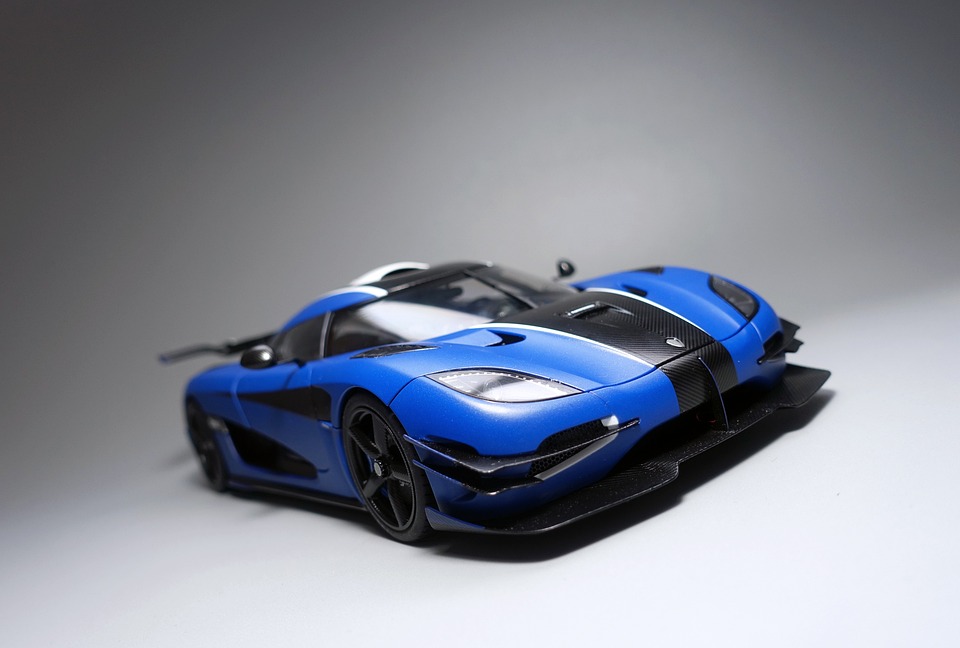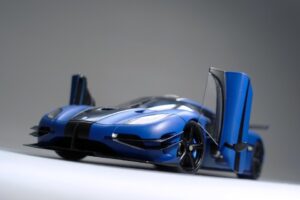One of the standout models from Koenigsegg’s lineup is the CCX, a car that has played a significant role in the company’s evolution and reputation as a producer of some of the fastest cars in the world. The CCX made its debut in 2006, and at the time, it was one of the most powerful production cars ever built. With a twin-supercharged V8 engine producing a mind-blowing 806 horsepower, the CCX was capable of reaching a top speed of over 245 mph and could sprint from 0-60 in just 3.2 seconds.
But the CCX wasn’t just about straight-line speed. Koenigsegg knew that to truly compete with the likes of Ferrari and Lamborghini, their cars had to be more than just fast in a straight line. So the CCX was also designed to be a track weapon, with a lightweight carbon fiber body, advanced aerodynamics, and a sophisticated suspension system that allowed it to handle like a true supercar.
Over the years, Koenigsegg continued to refine and improve the CCX, releasing special editions like the CCXR Edition and the CCXR Trevita, which featured even more power and performance. The CCX was eventually replaced by the Agera in 2010, but it still remains a significant model in Koenigsegg’s history and a benchmark for what is possible in terms of speed and performance.
The evolution of the Koenigsegg CCX is a testament to the relentless pursuit of speed and performance that drives the automotive industry. With each new model, Koenigsegg has pushed the boundaries of what is possible, setting new benchmarks for speed, power, and engineering excellence. And as technology continues to advance, it’s clear that the future of speed is brighter than ever.






























Add Comment